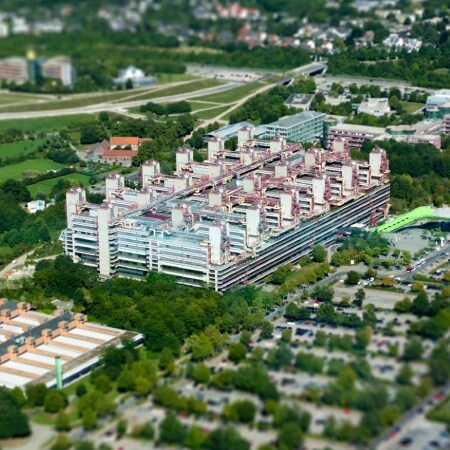About the disease
The retina is the part of the eye where images are formed as light enters the eyeball through the pupil. Retinal detachment is a disease of the optic organ, whereby the choroid layer of the eye separates from the retina. Current statistics report that 2 in 30,000 people are diagnosed with retinal detachment. This disease can develop as a complication of myopia, diabetic retinopathy, degeneration of the retina or as an intraocular tumor. It can also be caused by trauma or by previous surgery on the eye, which could contribute to the separation of the choroid from the retina. Retinal detachment can also occur in the event of membrane rupture. This is more common in older people with high intraocular pressure.
There are two types of retinal detachment: primary and secondary. The primary form is always caused by retinal rupture. The secondary form occurs as a result of other conditions, such as a hemorrhage or retinopathy. In rare cases, pregnancy can also contribute to the appearance of retinal detachment, but it rarely causes serious complications and is usually treated successfully.
Symptoms
- Pain in the eye
- Blurred vision
- Veil over the field of vision
- Vision distortion
- Appearance of flashes
Sometimes vision improves after a good night’s sleep. This can be explained by the fact that the horizontal sleeping position moves the retina back into place. However, once the person gets up, the retina will move away from the choroid again and visual defects will be apparent.
Diagnosis
- During a general examination, the eye doctor will examine the retina with an ophthalmoscope. This device allows the doctor to see if there are any tears or holes in the retina.
- An ultrasound of the eye can be used to examine the retina more closely and determine whether there is any blood leakage, which can obstruct vision.
Treatment
- Retinal cell transplantation is a surgical procedure, whereby the detached cells are removed and new cells are implanted, to improve vision.
- If the retina has been damaged beyond repair, the patient may receive a bionic retina transplant.
- Extrascleral buckling closes the retinal tear or holes by a special, minimally invasive endovascular technique, which uses a balloon.
- Vitreoretinal surgery can enhance vision by removing foreign substances in the vitreous, which can appear as retinal detachment progresses.
- Pneumatic retinopexy whch is a procedure to reattach the retina.
- Laser photocoagulation and cryopexy are used to repair torn tissue using heat or cold respectively.
Authors: Dr. Vadim Zhiliuk, Dr. Sergey Pashchenko




















